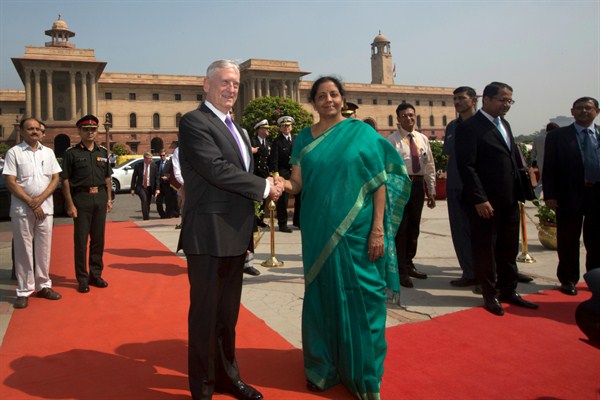When U.S. President Donald Trump unveiled his new strategy for the Afghan war in August, he called on India to become more involved in Afghanistan’s security. Secretary of Defense James Mattis followed up with a visit to India in September to discuss deepening economic and defense ties, raising the possibility of a greater partnership between Washington and New Delhi. In an email interview, Richard Fontaine, president of the Center for a New American Security, explains why closer cooperation between the U.S. and India has failed to fully materialize despite obvious advantages, and what the Trump administration can do to overcome historical impediments to develop a counterbalance to Chinese influence in the Indo-Pacific region.
WPR: What explains the inability of both sides to maintain momentum in strengthening the U.S.-India relationship, and what are the costs of that failure?
Richard Fontaine: In observing U.S.-India relations, it’s easy to focus on the snags and frustrations: the long-stalled defense and investment agreements, the bureaucratic inertia on each side and the vestiges of mutual distrust. But the broader picture is far more positive. The reality is that there has been a transformation in ties between the United States and India over the past 20 years, one that has seen ever-closer alignment and cooperation across multiple governments—Republican and Democratic in the U.S., Congress and Bharatiya Janata Party in India. There is a general recognition in Washington and New Delhi that the two countries share interests, including maintaining a balance of power in the Indo-Pacific region.

